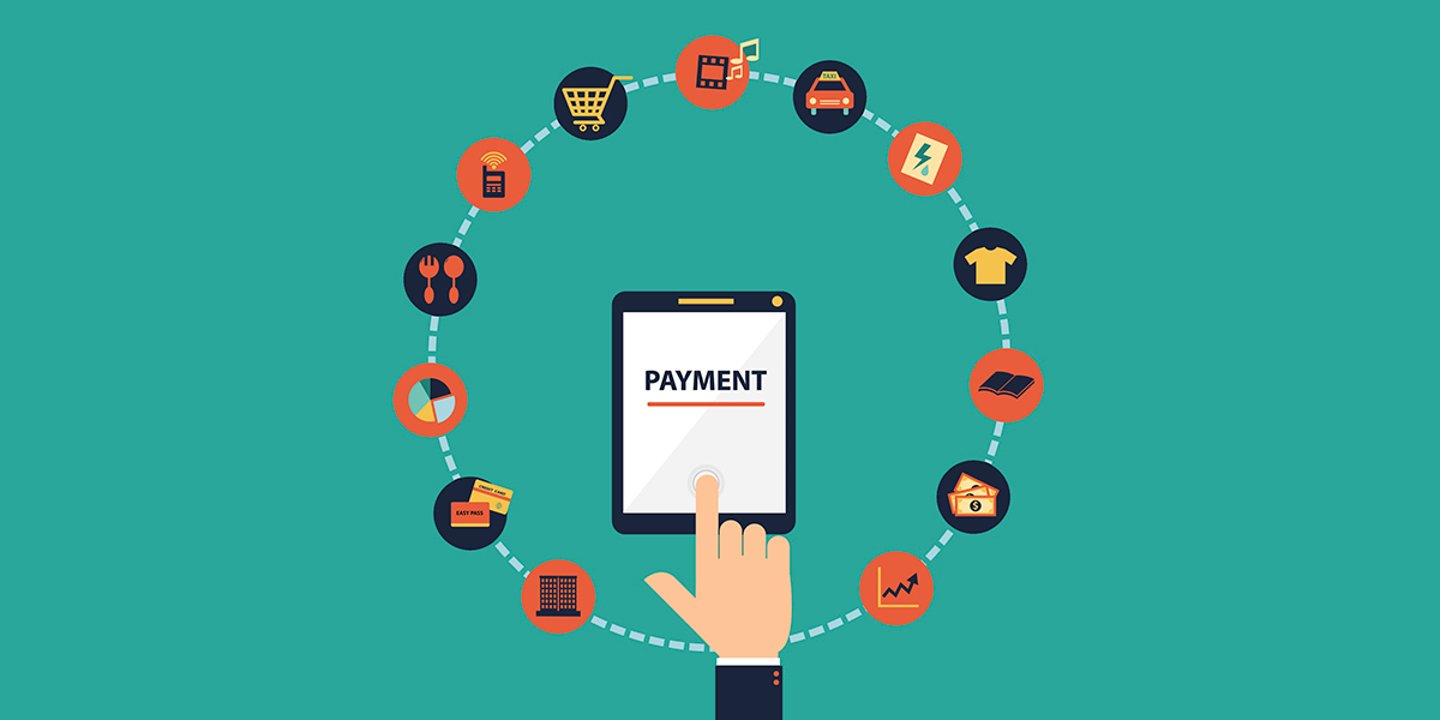4 Things CG Marketers Should Leave In 2020 (and 4 To Take Into 2021)
As we leave 2020 in the rearview mirror (and what a year to leave behind), we’ve all started thinking about what we want to take and what might be best left behind (starting with COVID-19, please!).
Those of us in the business of making and marketing products may benefit from some selective culling of business thinking, habits and practices that worked before 2020 but may not meet the needs of 2021 and beyond. Below are a few things that may be worth dropping and others that might make sense to pick up.
LEAVE in 2020
Planning for when things will be “back to normal” — there is no normal to return to
TAKE into 2021
Curiosity and a sense of adventure
When will things get back to normal? This is a question we need to stop asking ourselves. It’s time for marketers to adapt to a new reality. Similar to how doctors separate illnesses into “acute” and “chronic,” marketers separate behavior changes into “fads” and “trends.” Brands can afford to sit out a fad, but ignoring a trend is perilous. Online shopping definitely falls in the trend category.
Things that have changed forever (or at least for the coming few years, which is “forever” for consumer goods):
The role of place-based shopping: Our recent consumer research showed that only 20% of consumers expect to return to brick-and-mortar only grocery shopping when COVID is over. And only 24% of Americans feel safe doing “normal out of home activities,” including shopping and restaurants — McKinsey calls the resulting change the new “homebody economy.”
The division of analog and digital: We’re all seamlessly bridging analog and digital like a pro. Once used only by marketers, QR codes are everywhere — even your mom uses them! This means that your print ads, out-of-home and even your packaging (the single most under-utilized “owned media” every brand has, in my opinion) can bridge to digital opportunities, including a purchase!
LEAVE in 2020
Leading with functional benefits
TAKE into 2021
Leading with Hedonics/The brand as entertainment
It’s no accident that there’s a smile on the Amazon box; it’s there because they understand that new stuff brings smiles! And the newer the stuff — even meaning a new brand in an old category — seems to drive more smiles. Recent SmartCommerce research recently uncovered that the third primary driver of new CG brand purchases during COVID (behind OOSs and pinching pennies) was novelty — simply the desire to try something new/fun.
This was true across all categories: new snacks and wine brands, of course, but also new shampoos, new paper towels and new deodorants. It seems that we’ve had so much of the same four walls and the same four people (including ourselves!) that a new sage-scent dishwasher detergent feels like an opportunity for a little fun experimentation.
Maybe it’s time for CG marketers to borrow a phrase from a brand that managed to make organizing your sock drawer sexy: “Spark Joy.” Brands need to think outside the box they are in, considering things like:
- Enabling and celebrating ties to others: Imagine packaged foods creating family supper clubs, all making the same dinner together.
- Turning ho-hum into exploration: Sell a bundle of five different gum flavors — one for each weekday!
- Even turning the purchase into a surprise: How much more fun would it be to order a “mystery flavor” of chips (vs. the same flavor as always)?
LEAVE in 2020
Persistent “personalization”
TAKE into 2021
Reinventing “relevance”
Too often, personalization feels like that salesperson who follows you around and keeps using your name over and over: a little creepy, maybe needy. In contrast, relevance is the salesperson that shows up just when you need her, with just what you were wanting (perhaps even before you knew you wanted it).
Relevance, done right, is a mix of what, when and why:
- Only show me what I want
- Only show me when I am receptive to the message
- Answer the WIFM for looking at your message — the why are you telling me this.
Combining all three is magic: Hitting me with a mobile Gatorade ad when I’m leaving the gym, just as I walk past a 7-Eleven? Genius. Sending me a spaghetti recipe at 3 p.m. with a link to drop it in my Walmart Grocery cart to pick up on the way home? I’m thanking you as I click your ad.
While it sounds obvious, many brands miss thinking about exactly where and when their prospective consumer needs to hear their message and why it’s worth them hearing it at that moment — but this can drive insights that harness relevance.
LEAVE in 2020
Breaking your budget and objectives into separate “branding/awareness” and “shopper/commerce” buckets
TAKE into 2021
Always be Closing (ABC)
Traditionally, advertising was used to spark awareness/interest and drive most purchases in the store. With e-commerce skyrocketing during COVID, consumers are now adding items to their carts the moment they think of them.
Customers expect to shop whenever, wherever and however they want. And they expect you to enable it. Are you showing me an ad for something I want? If so, I expect you’ll give me an easy path to buy it, or at least drop it in my cart to buy later.
The goal of online advertising should always be closing the sale, and since the purchase is happening online, this can be fairly straightforward. The brands that will succeed in 2021 are the ones that will create direct paths to purchase from all online marketing campaigns.
As we wrap up 2020, marketers will need to stay at the forefront of change to maintain the momentum we’ve experienced in this whirlwind of a year. Adopting consumer-centric strategies and leaving old habits behind will give you a leg up as we launch into 2021.
Jennifer Silverberg is CEO of SmartCommerce.


